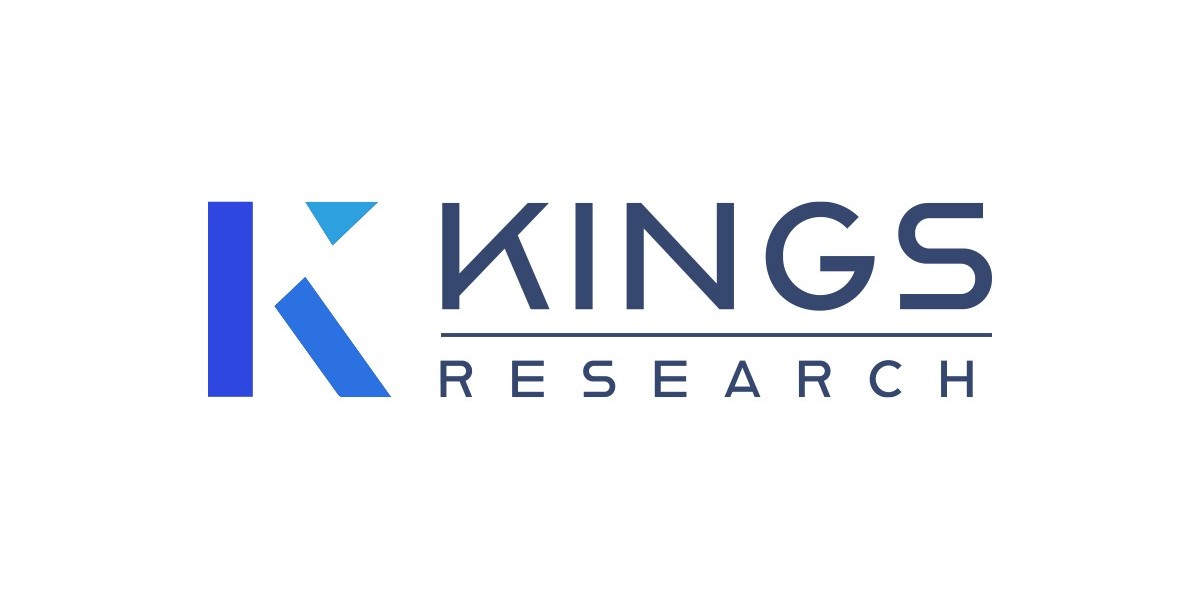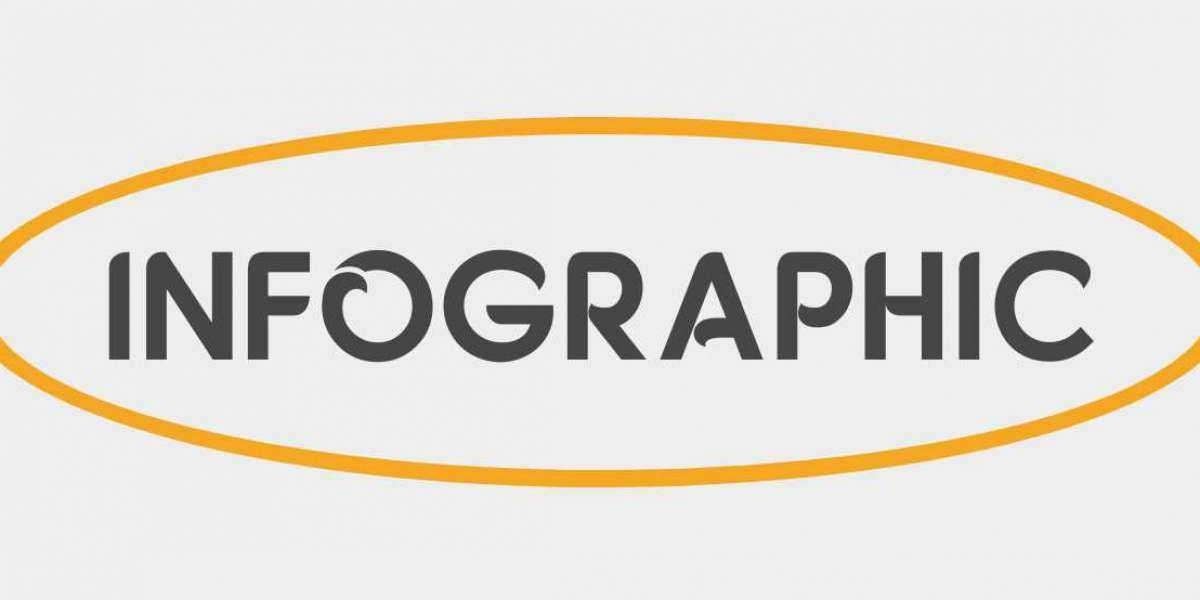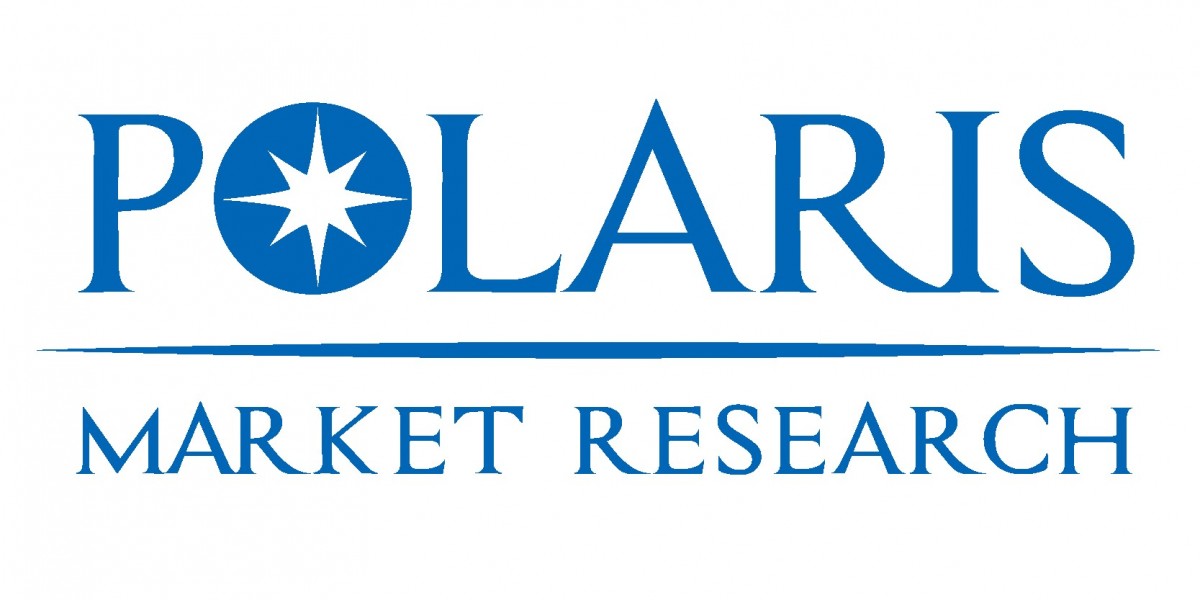Market Overview
The pruritus therapeutics market comprises treatments designed to relieve persistent itching (pruritus) that arises from a wide range of underlying conditions—dermatologic disorders, nephrology, oncology, allergy-related diseases and others. This market spans prescription and over-the-counter products, including corticosteroids, antihistamines, immunosuppressants, biologics/targeted therapies, and topical or systemic agents. The high and increasing burden of chronic skin diseases such as atopic dermatitis, eczema, psoriasis, as well as systemic comorbidities like chronic kidney disease and liver dysfunction (which often bring pruritus as a symptom), are central to the market’s growth. In addition, demographic factors – notably an aging global population with greater susceptibility to dry skin, polypharmacy and comorbidities – contribute to elevated demand for effective itch-management therapies. At the same time, the market is undergoing evolution as conventional treatments show limitations in long-term efficacy and safety, driving innovation and new launches.
Trends
Several key trends are shaping the future of the pruritus therapeutics market. First is the rise of biologics and targeted therapies: as understanding of the molecular and immunopathologic basis of chronic itch advances, pharmaceutical firms are increasingly focusing on precision-based treatments that go beyond symptomatic relief to modulate underlying pathways. Conventional agents such as antihistamines and corticosteroids remain widely used, but their shortcomings in sustained efficacy and side-effect profiles have incentivised investment into novel mechanisms of action. Another trend is the expansion of digital dermatology and telemedicine, which is enhancing diagnosis and patient management in pruritic conditions, particularly in developed markets. In parallel, distribution channel dynamics are shifting, with online pharmacies and digital platforms growing rapidly alongside traditional hospital and retail pharmacy networks. Lastly, greater awareness about pruritus as a significant morbidity-causing symptom—rather than an afterthought to dermatologic or systemic disease—is helping drive earlier intervention and improved patient adherence.
Demand Drivers & Market Dynamics
The demand for pruritus therapeutics is being driven by multiple converging factors. One of the strongest drivers is the growing prevalence of chronic skin disorders globally. Conditions such as atopic dermatitis and psoriasis often present with severe itching that significantly impairs quality of life, resulting in long-term treatment needs. The ageing population is another robust driver: older skin is more prone to dryness, thinning, multiple comorbidities and drug-related itching; all these factors elevate demand for pruritus therapies. Furthermore, improvements in healthcare infrastructure and diagnostics in emerging markets are enabling greater recognition and treatment of itch-related disorders, creating new opportunities.
On the other hand, the market faces some noteworthy restraints and challenges. The limited efficacy and safety of many existing treatments is a constraint: many therapies may provide only short-term relief or entail side-effects, which can hamper adherence and long-term patient satisfaction. In addition, high cost of newer biologic or advanced therapies may limit access in price-sensitive markets. Regulatory uncertainty, reimbursement pressures and heterogeneous healthcare systems across geographies further complicate market deployment. Nonetheless, the dynamic interplay of these factors positions the market for steady growth over the coming decade.
Future Outlook
Looking ahead, the pruritus therapeutics market is expected to evolve significantly by 2032 (and beyond). With the base size of USD 9.08 billion in 2024 and projected to reach USD 13.39 billion by 2032 at a CAGR of 5.07%, there is ample room for growth. In this future state, treatment paradigms are likely to lean more heavily toward biologics and other targeted therapies addressing specific itch pathways, especially for refractory or severe pruritus. Emerging markets, especially in Asia-Pacific and Latin America, are anticipated to contribute meaningfully to growth, as healthcare access expands and dermatology awareness increases. In addition, digital tools (teledermatology, patient-engagement apps, remote monitoring) will likely play a more prominent role in patient management, improving access and adherence. Novel drug delivery platforms (such as long-acting topical formulations, combination therapies) may further reshape competitive dynamics. Overall, the outlook is positive—with moderate but consistent growth expected, driven by disease burden, innovation and wider access.
Market Segmentation
The global pruritus therapeutics market can be segmented in several key ways: by product/drug type, by disease type (or underlying condition), by distribution channel, and by region.
By drug type / product type: Examples include corticosteroids, antihistamines, immunosuppressants (including calcineurin inhibitors), local anaesthetics, biologics/targeted therapies, counter-irritants and others. Among these, corticosteroids remain a major segment due to their broad anti-inflammatory effect; antihistamines continue to hold a strong share given their traditional usage in itch relief; however, the fastest growth is expected in newer targeted therapies and biologics as they gain approvals and market uptake.
By disease type / underlying condition: Important segments include atopic dermatitis (often with severe pruritus component), allergic contact dermatitis, urticaria, other dermatologic disorders (e.g., xerosis, lichenification), as well as pruritus associated with systemic disease (e.g., chronic kidney disease, liver disease). The atopic dermatitis segment is often leading because of its high prevalence and significant itching burden; other segments also provide incremental growth.
By distribution channel: Typically segmented into hospital pharmacies, retail pharmacies (drug stores / retail outlets), and online pharmacies (e-commerce). The hospital pharmacies segment tends to command a large share because many advanced therapies are administered through hospitals; however, the online pharmacies/outlets channel is witnessing the fastest growth due to convenience, digital access and home delivery models.
By region: The global market is regionally analysed for North America, Europe, Asia-Pacific, Middle East & Africa, and South America / Latin America. These regional perspectives capture different adoption rates, healthcare infrastructure maturity, regulatory frameworks and disease burdens.
Recent Developments
Within the pruritus therapeutics space, recent developments reflect both innovation and strategic initiatives by major pharmaceutical players. The market has seen increased pipeline activity for biologics and novel mechanism treatments directed specifically at pruritus pathways (for example, IL-31 receptor antagonists, kappa‐opioid receptor agonists, etc.). Moreover, companies are forging partnerships and acquisitions to bolster their dermatology / itch-focused portfolios. Online pharmacy platforms and tele-dermatology services are being integrated into treatment ecosystems, enabling broader outreach and patient support. Pricing and reimbursement models are evolving to accommodate advanced therapies for chronic pruritus. Furthermore, increased advocacy and patient-awareness programs are helping to destigmatise chronic itching, thereby improving diagnosis and treatment uptake.
Key Players
Several major pharmaceutical companies are active in the pruritus therapeutics market. Among the notable players are:
AbbVie
Amgen Inc.
Astellas Pharma Inc.
GlaxoSmithKline plc.
Novartis AG
Pfizer Inc.
Sanofi
Eli Lilly and Company
Merck & Co., Inc.
Bayer
Vanda Pharmaceuticals Inc.
Toray Industries, Inc.
Incyte
Cipla Limited
Shandong Boan Biotech
These companies are engaged in product development, clinical trials, marketing and geographic expansion to capture the growing opportunity. Their strategies include advancing biologics targeting pruritus, engaging in strategic alliances, broadening distribution networks (including digital channels) and focusing on underserved regional markets.
Regional Analysis
North America: This region is the largest market, commanding approximately one-third of global share (e.g., around 34.10% in 2024, equating to USD 3.10 billion). Its leadership is attributed to high healthcare expenditure per capita, a strong pipeline of advanced therapies, robust dermatology infrastructure and rapid adoption of novel treatments. In addition, high awareness among physicians and patients supports early diagnosis and treatment uptake.
Europe: The European region is expected to grow at a strong pace (for example a CAGR of circa 6.23% over the forecast period). Growth is supported by increased teledermatology adoption, AI-based skin analytics, regulatory bodies supporting innovative therapies, and rising disease burden of pruritic skin conditions. Countries such as Germany, UK, France and Italy are notable contributors.
Asia-Pacific: While trailing the developed markets in per-capita spending, Asia-Pacific offers significant growth potential due to expanding healthcare infrastructure, increasing dermatologic awareness, rising middle-class populations and governments’ investment in specialty care. Countries such as Japan, China, India and South Korea are focal points. The ageing population and increasing comorbid conditions further enhance demand.
Middle East & Africa / South America: These regions are emerging markets where pruritus therapeutics have strong growth prospects, albeit from a lower base. Growth is driven by improvements in healthcare access, rising urbanisation, and rising chronic disease burdens. However, challenges include affordability, infrastructure gaps and regulatory hurdles.
Conclusion
In summary, the pruritus therapeutics market is positioned for steady, moderate growth over the coming decade. With a market size of USD 9.08 billion in 2024, and projected to reach USD 13.39 billion by 2032 at a CAGR of 5.07%, the opportunity is meaningful. The key growth drivers include the rising prevalence of chronic itch-causing conditions, ageing populations, unmet needs in treatment efficacy and safety, and expanding access via digital channels and emerging geographies. Innovation—particularly biologics and targeted therapies—will likely reshape the competitive landscape and elevate treatment standards. For companies, the imperative will be to advance differentiated therapies, broaden distribution (including e-commerce), adapt to regional regulatory/reimbursement frameworks, and support patient-engagement initiatives. From a regional perspective, North America will remain the largest contributor, Europe the fastest-growing among mature markets, and Asia-Pacific will offer the strongest emerging-market potential. As the healthcare community continues to recognise pruritus as a significant quality-of-life-impacting condition, rather than just a symptom, treatment demand and market sophistication are both expected to rise.
Browse To Related Article-
The AI Playbook for Scaling Enterprise Innovation
The AI-Driven Enterprise: Key Predictions for 2026 and Beyond
Japan’s tech sector Ready for Takeoff as New PM Shakes Up Defence Industry
Japan Bolsters Space-Tech Aspirations with Latest Cargo Mission







